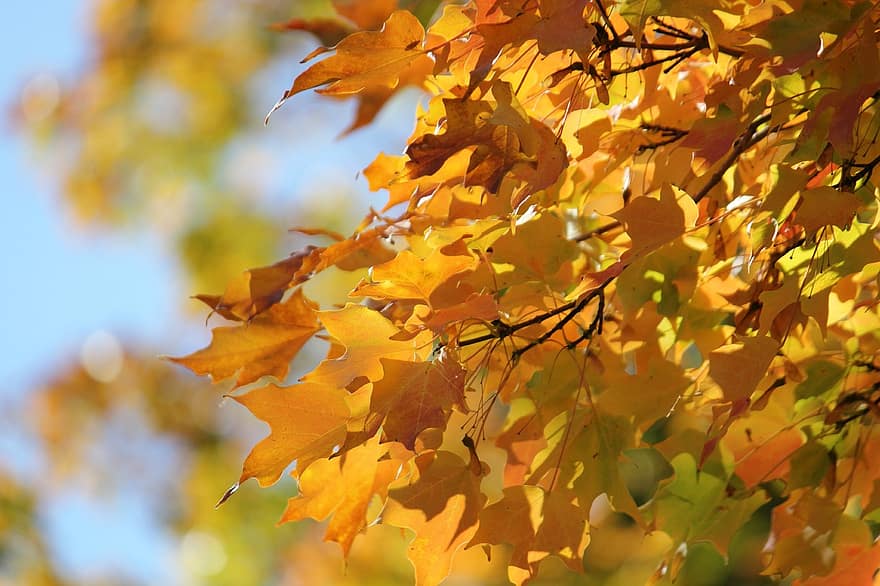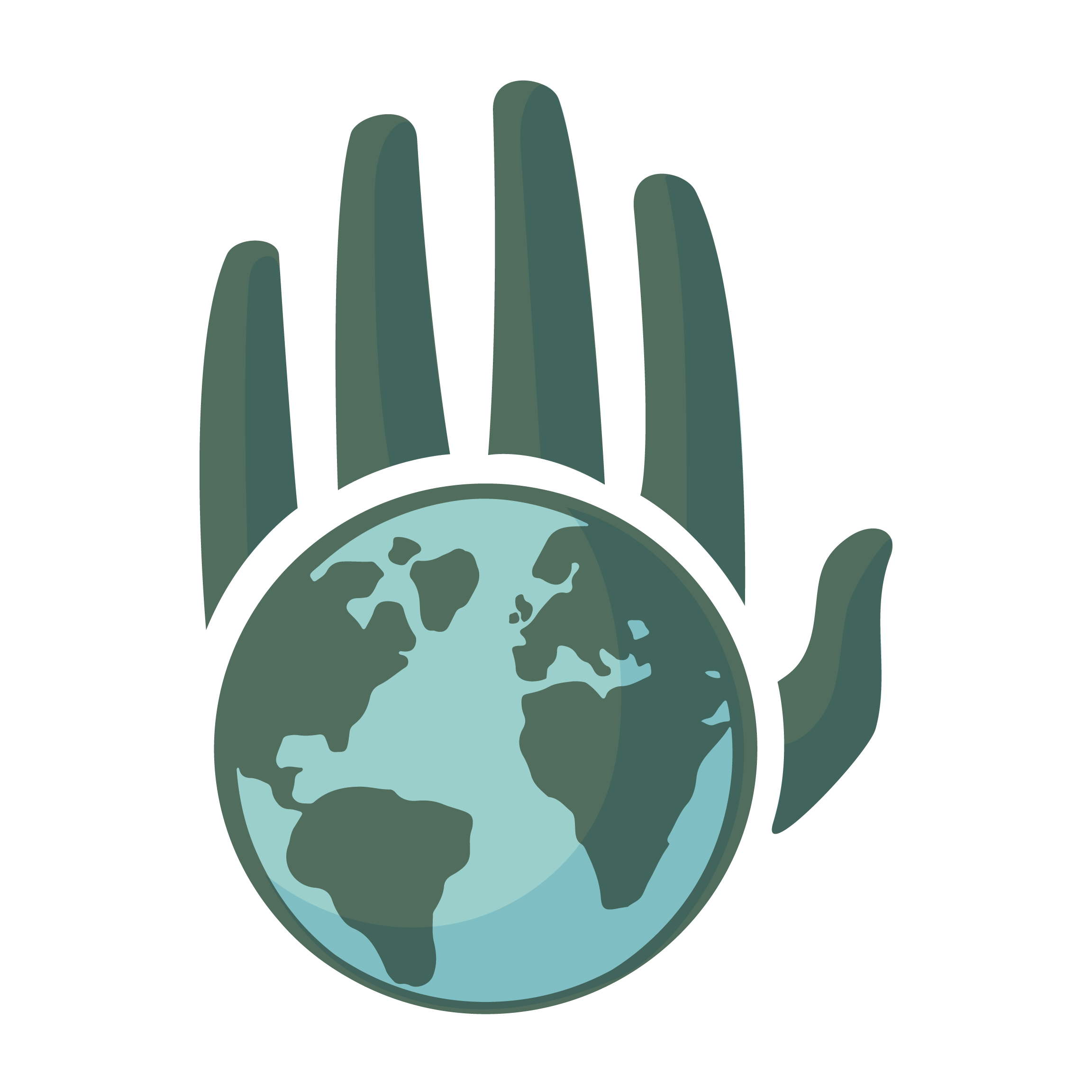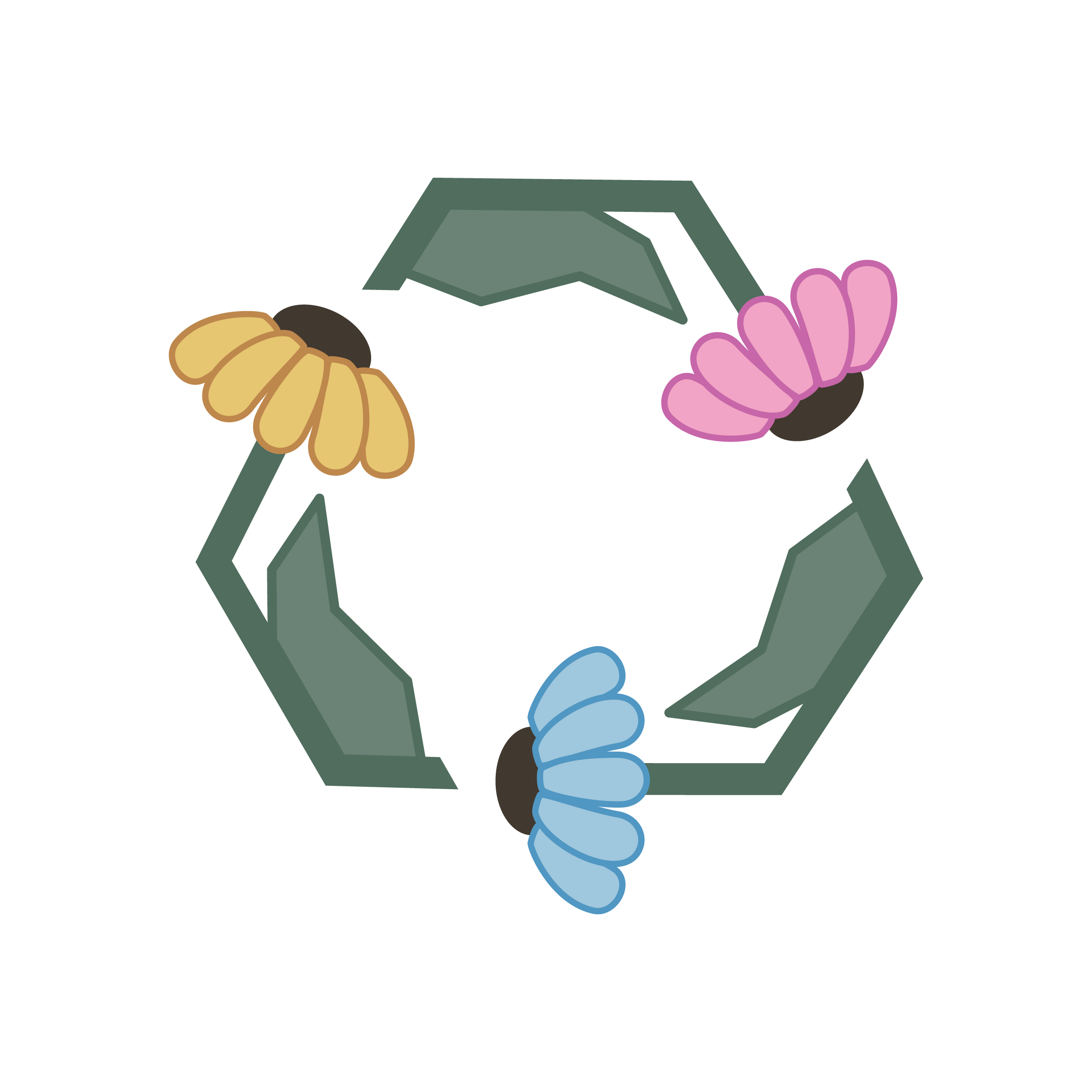By Sesa Graham
The 52nd celebration of Earth Day
This year and every year Earth Day is celebrated on April 22. The theme of this year’s Earth Day is, “Invest in Our Planet.” The theme is to encourage corporations, governments, and citizens to take hard steps toward more sustainable practices, buying from greener companies, and taking a more active approach in the Earth’s wellbeing.

What is Earth Day?
The first Earth Day happened on April 22, 1970, when John McConnell, San Francisco activist and Wisconsin Senator Gaylord Nelson asked Americans to join in a grassroots demonstration. During this time, America was dealing with dangerously serious issues such as toxic drinking water, air pollution, and the effects of pesticides. Twenty million Americans protested together for a greener future that day.
President Richard Nixon led the nation by creating the Environmental Protection Agency, which led to successful laws being made, including the Clean Air Act, the Clean Water Act, and the Endangered Species Act.
Earth Day is not only a day that was made to increase the awareness of environmental issues, but it is also a day that has become popular for communities to gather as one to clean up litter, plant trees, and embrace the beauty of nature.

Support our pollinators
Bees in the D, located in downtown Detroit, is a non-profit organization whose mission is to create a connection between locals, schools, organizations, and businesses in Detroit and Southeast Michigan to provide honey bee colonies and native pollinators health while educating the importance of our environment.
Brian Peterson-Roest, co-founder and president of Bees in the D, has been beekeeping for about 14 years and started Bees in the D with his husband Brian Roest-Peterson about six years ago.

Studies have shown that bees are doing better in urban versus rural or suburban settings. There aren’t many lawns in a city setting such as Detroit. Lawns aren’t beneficial to bees because of fertilizers and chemicals that individuals use to help their grass and weeds.
There are dangers to the bee populations, such as varroa mites. Varroa mites play a massive factor in the health of bees because they are parasites that open doors to sickness and disease. Climate change and loss of habitat are also a threat to the bees.
Peterson-Roest said, “I think the most rewarding thing is just to be a voice for the bees and then help educate young and old about their importance and a lot of misconceptions when it comes to bees.”

The showier the flower, the less beneficial it is to our pollinators. A massive help to the bee population is to make sure that they have resources. You can create a garden in a small area of your yard and turn it into a wildflower or native garden, adding marbles or rocks to a bowl to help the bees get water. Wildflowers and native plants help benefit our pollinators. Herbs such as mint or lavender are also beneficial and provide pollen and nectar to the bees.
Beekeeping requires managing boxes that have frames in them for the bees to live on, checking on the health of the bees, making sure their mite count is low, adding boxes as the bee numbers grow, and winterizing their home to make sure they make it through the winter. The beekeeping process is complex, but with training and knowledge, anything is possible.
Avoiding some pesticides, herbicides, and fungicides that can harm our pollinators is crucial in keeping them healthy. You can take classes to learn how you could be a beekeeper. You can support your local beekeepers and buy local honey. There are countless ways we can help to support the bee population from declining any further.
Reduce, reuse, recycle
Reduce the amount you consume. Reduce the number of products you purchase by only buying what you need. Sustainable options are everywhere. Some can be expensive, yes, but some aren’t. If you can spend days finding the perfect summer outfit, you can spend days finding the suitable sustainable drinking straw or toothbrush.

There are endless ways of reusing products that we have. Everything can be donated to be reused by someone else. Thrifting and second-hand stores are perfect for taking clothes back or for shopping. Spend that $2 on the reusable grocery bag; it’s worth it. You can reuse pretty much everything you purchase, and you just have to think outside the box.
Heather Kittle, an avid recycler, said, “I reuse glass jars or plastic carryout containers more than anything else and plastic grocery bags.”
We generate more garbage every day, and consumers are unsure what to do with it. If your local waste management offers recycling pickup, take advantage of it. If you have the opportunity to take recycled material to a recycling facility, take advantage of it. There’s no excuse not to recycle.

Kittle said, “I recycle because why would I put it in a landfill when it can be reused again?” She shared that she recycles every day.
Reduce, reuse, and recycle have been taught since elementary school. It is the three “R” pillars that will change the world and can make an immense difference in the future with the way we hope the world can be. A green world is a better, safe, and healthy world.
The opportunities are endless
There are many different ways to help bring beauty back to the world. The opportunities are endless when it comes to giving a helping hand on Earth Day and every day. We can’t go back and fix the damage that has been done to this planet, but we can make a change starting today to be better for it. This is a new beginning to take care of the world we want to see for our generation and future ones. There is no planet B.
Ways you can help this Earth Day:
- Pick up trash while you run or walk
- Contact your representatives
- Advocate for climate change
- Switch to reusable bags
- Compost
- Encourage your university to take climate action
- Encourage the use of reusable utensils
- Push for plant-based options
- Go pesticide-free
- Skip plastic and use glass or paper products
- Support organic ingredients
- Advocate against deforestation
- Grow an organic garden
- Use a reusable water bottle
- Use environmentally friendly cleaning products
- Practice sustainable clothes
- Volunteer in any way you can to help the Earth
Sustainable Businesses to purchase from to help the Earth:
Made Trade– Ethical and sustainable marketplace of goods made in the USA. Made Trade has anything from home goods to backpacks.
Eartheasy– A family business committed to bringing you practical products and information for sustainable living. Eartheasy has all your outdoor needs, from gardening to grilling, sustainably.
Thrive Market– Your grocery store in one place! Thrive Market has more than 5,000 food, beauty, and home products and offers fast and free carbon-neutral shipping.
EarthHero– Eco-friendly online marketplace that’s products are sourced, manufactured, and shipped that helps protect our planet’s future.
Slø– Bringing fit, function, and affordability to the masses by leveraging AI technology to match you to the perfect fitting jean regardless of size, shape, or gender identity.
Bôhten– Operating locally across Africa, these fashion-stopper eyeglasses and sunglasses are made sustainably. Bôhten also runs tree planting programs in Ghana and Kenya to help fight against rising deforestation.
Ecosia– A search optimization that plants trees with every search. You search the web with Ecosia, the search ads generate income, and Ecosia uses this income to plant the trees.
François Hurtaud– A designer who wants to change the game by creating completely sustainable products. One of the neatest products Hurtaud has designed is the replaceable head eco-friendly toothbrush! This toothbrush is made entirely from recycled ocean plastic with a fully reusable handle and is designed to last for decades.



